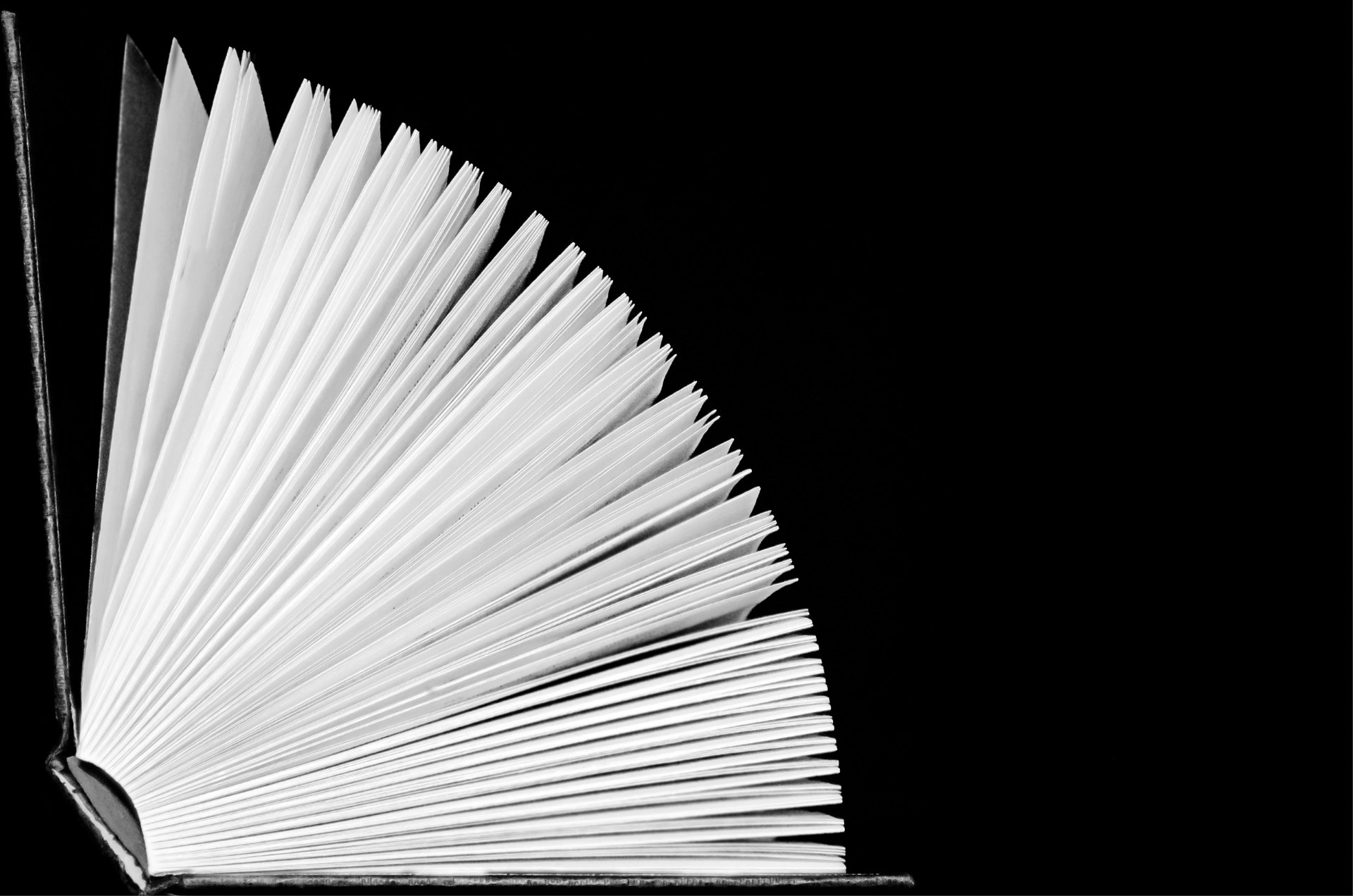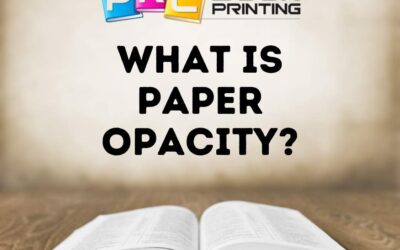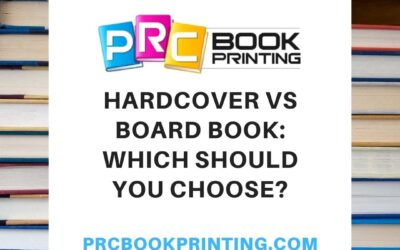History of offset/lithography printing
Unless you’re a full-time graphic designer, you may never have heard about offset printing. It’s an important technique to know about because it’s used to bring us most of the commercially printed materials we see.
Also known as lithography, offset printing has been around since the 1400s when Johannes Gutenbergset up his first printing press.
Lithography is different from digital printing, which is what most hobby graphic artists are familiar with. There are contrasts in both technique and quality that are helpful to know about.
Here’s an overview of offset printing, including offset book printing and commercial printing.
What Is Offset Printing?
If you aren’t familiar with offset printing, here’s the gist of it. Offset printing uses aluminum plates. They’re inscribed with lettering and design elements by a computer.
Once the plates get inked, the ink goes on a rubber wheel that rotates over the paper. This puts the ink on the paper, printing it.
Because the paper is not printed by the aluminum plates, but rather by the rubber wheel, this type of printing is called “offset printing”.
Why Publishers Use Offset Book Printing
Most book publishers prefer to use offset printing because it’s simply more economical. It’s easier to set up large print runs of thousands or millions of books this way.
Benefits of Offset Printing
In addition to being best suited for large volume production, offset commercial printing has some other benefits that make it highly desirable.
First, the images are more clear and crisp. The quality is better because the manufacturing equipment allows for better ink control. Next, high-volume printing happens at high speed, which means less expense.
Lastly, offset printing can work on more than just paper materials. Printers can use fabric, plastic, and even metal and wood!
So to summarize, offset printing is the best type of manufacturing for large volume projects. It also works with the greatest variety of printing materials.
When to Use Offset Printing
Offset book printing is the number one activity for offset printing services. It’s what keeps them in business. Next comes newspapers, and magazine printing, and other high-volume projects, including promotional items.
Thanks to computerized technology, making the printing plates happens faster than ever. This means it’s often less expensive to use offset printing vs. digital printing.
When you want a super clean and crisp image, choose offset printing. Most publishers produce those gorgeous coffee table photo booksthis way. And if you need to print on unusual materials like fabric or wood, avoid digital printing for the best results.
Choose the Best Offset Printing Services for Your Projects
Offset printing is ideal for manufacturing more than just books. It’s the best way to print magazines, catalogs, custom photo books, and more.
When you’re ready to order offset book printing or other commercial printing services, get in touch. We’ve been in business for over twenty years, and take pride in helping our customers get their books and other reading materials in their customers’ hands.
Feel free to browse our website and read our blog articles for all the latest in printing and publishing.




